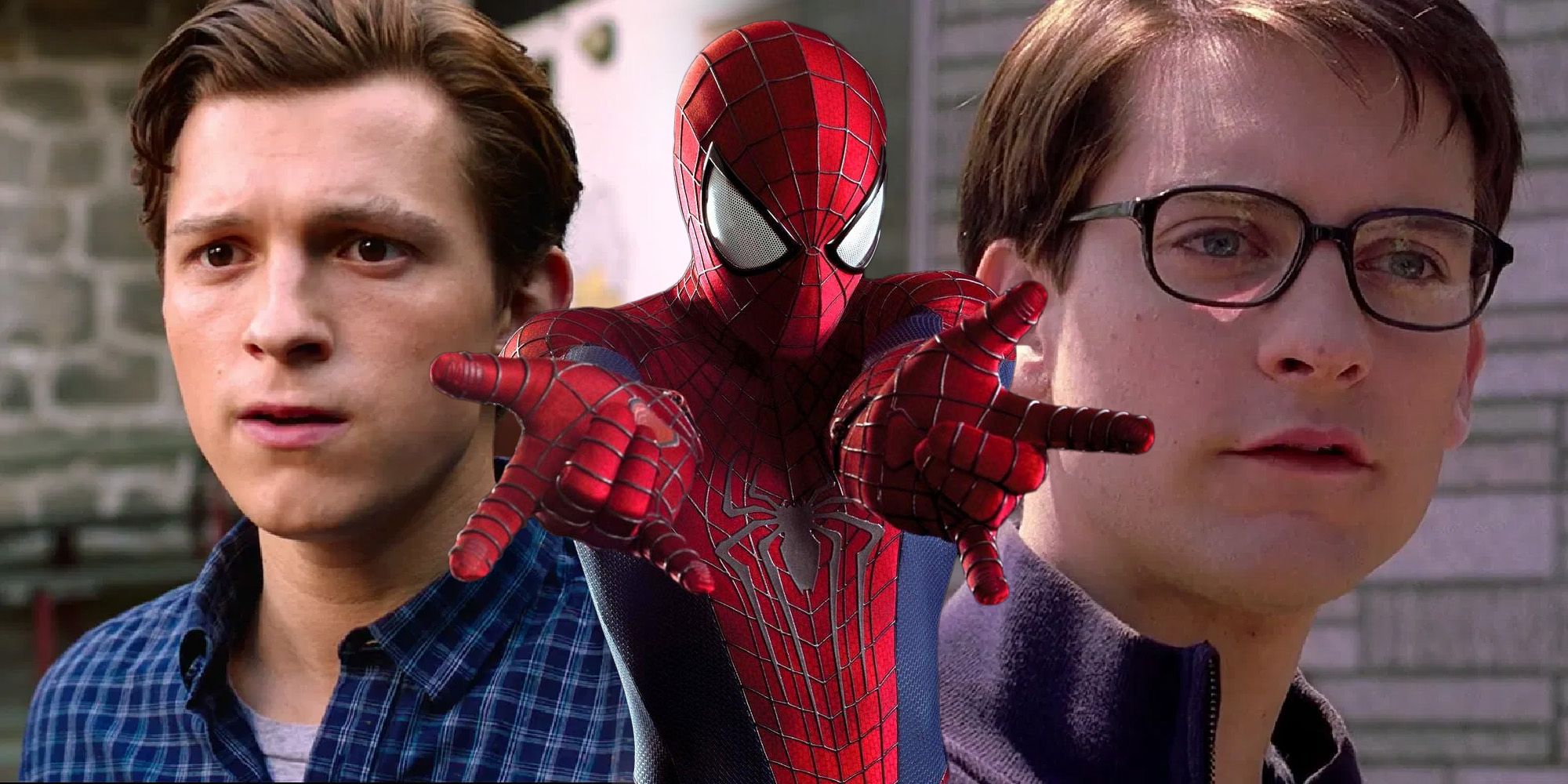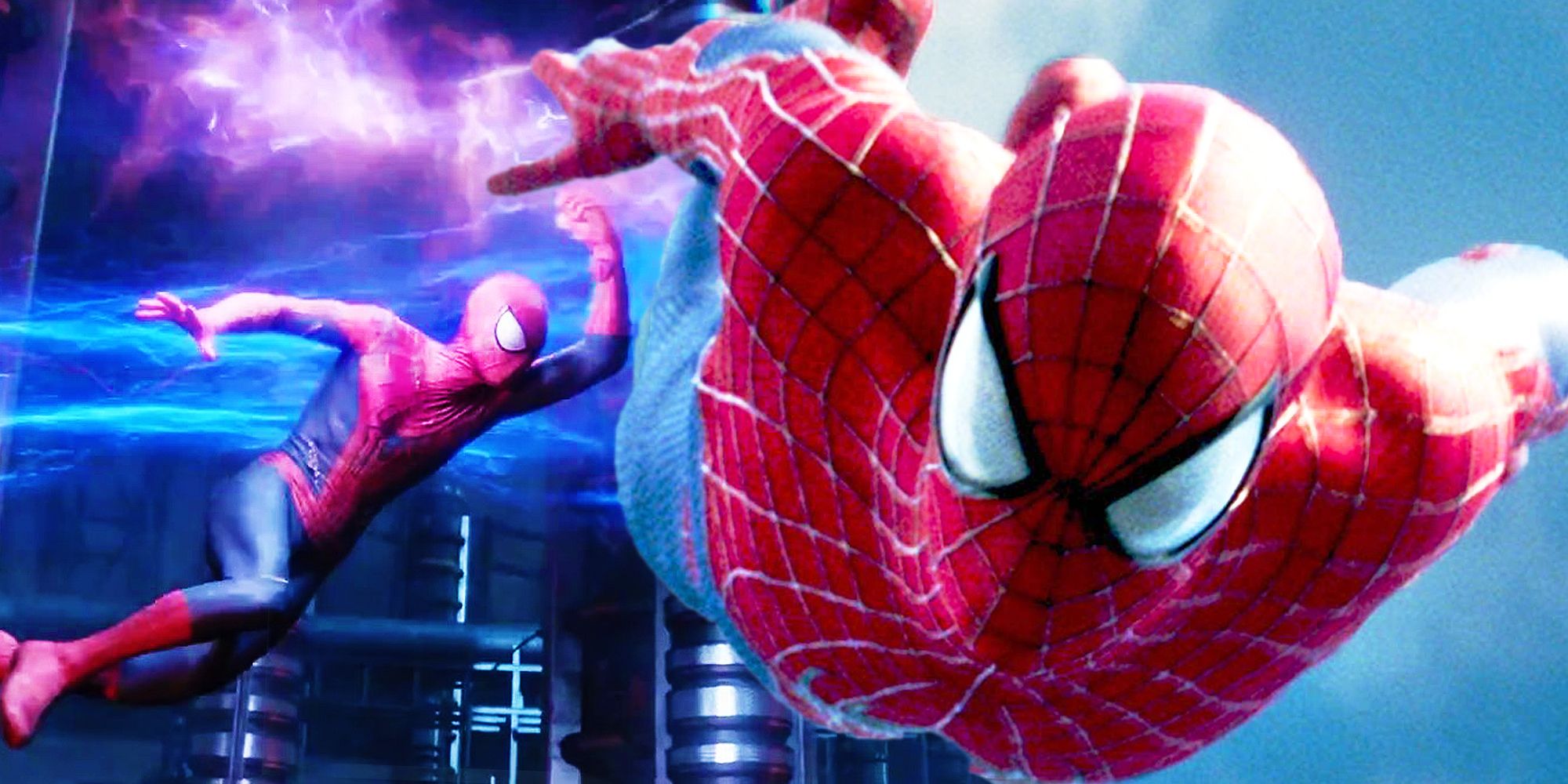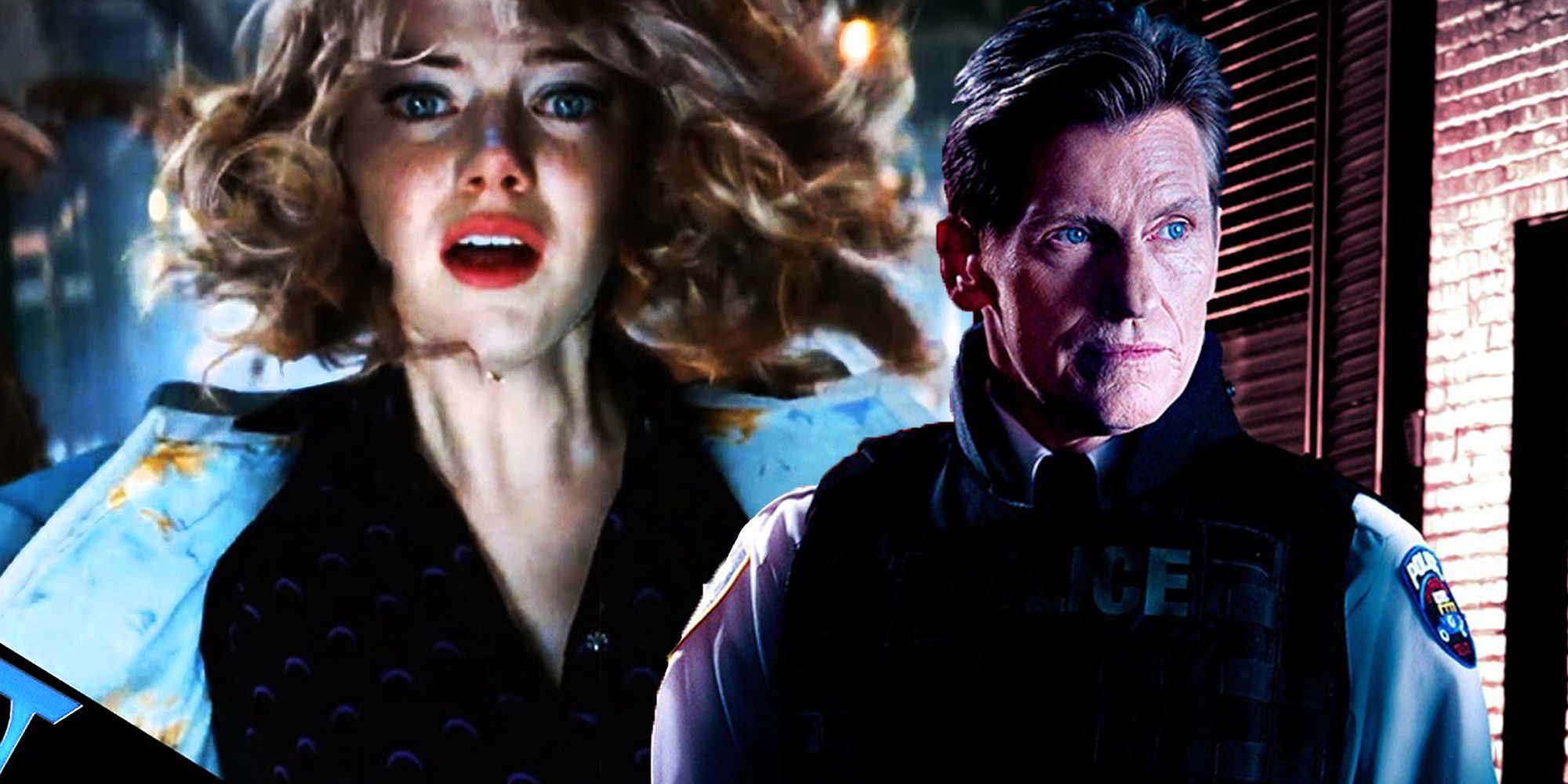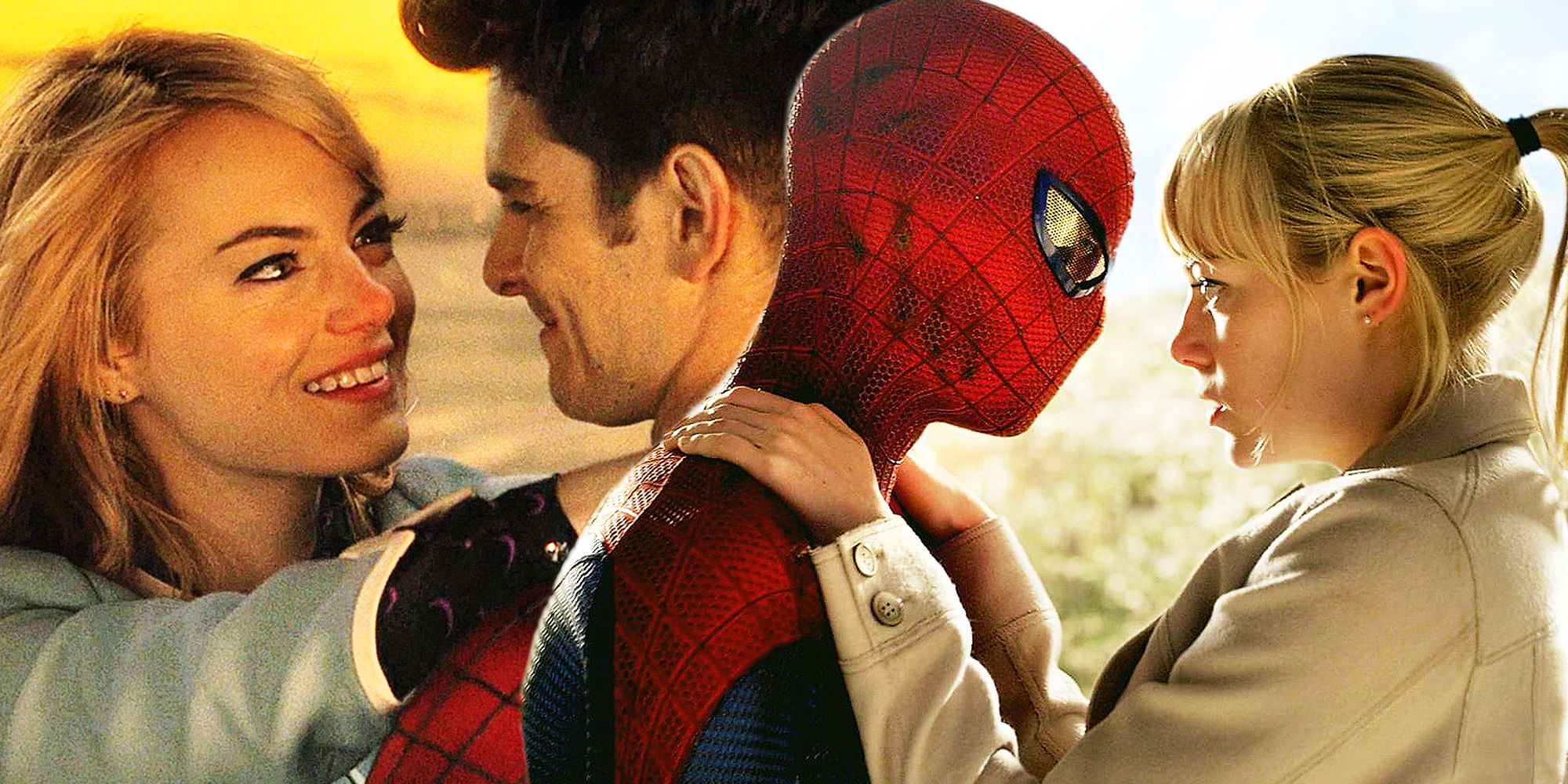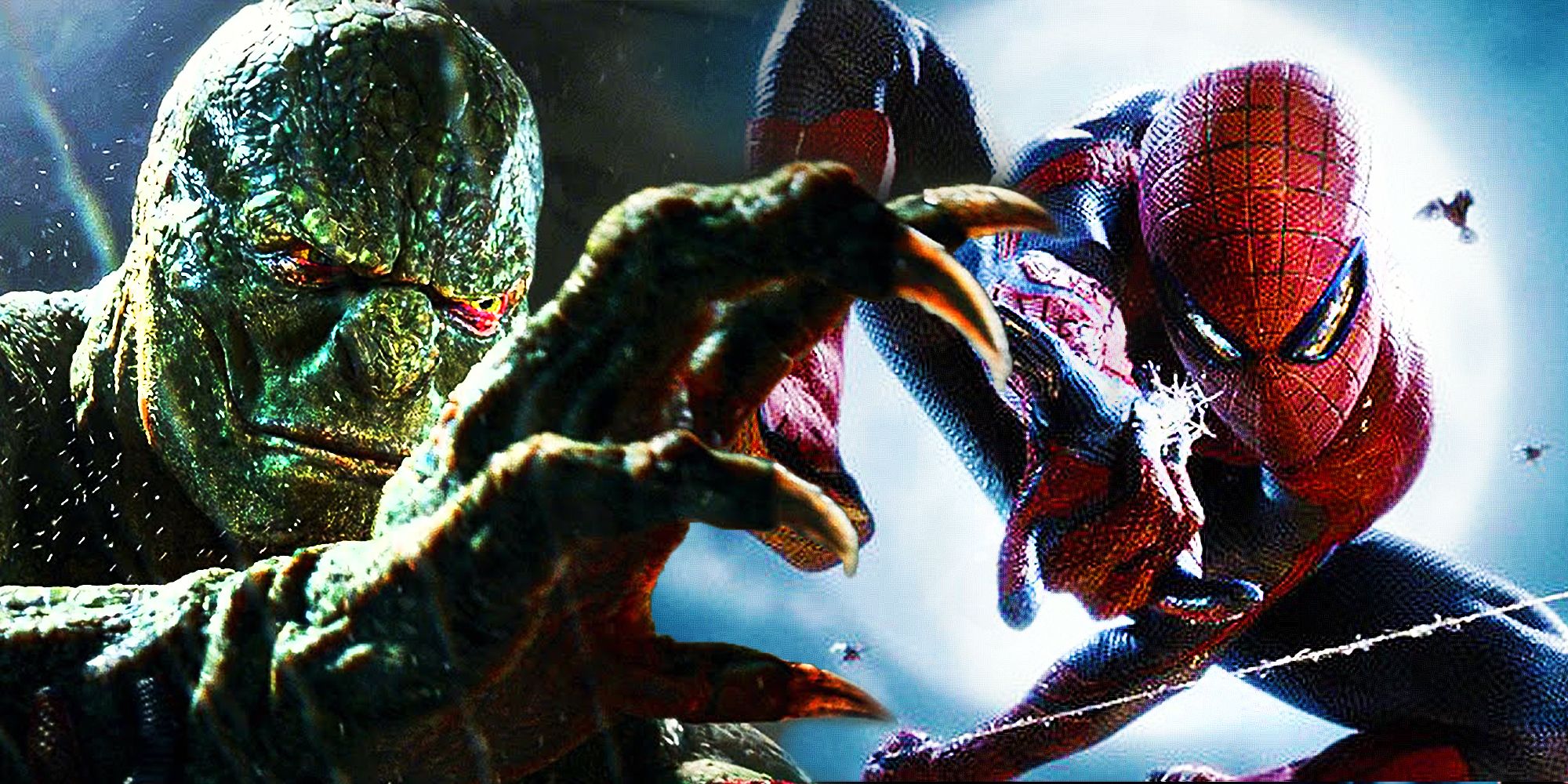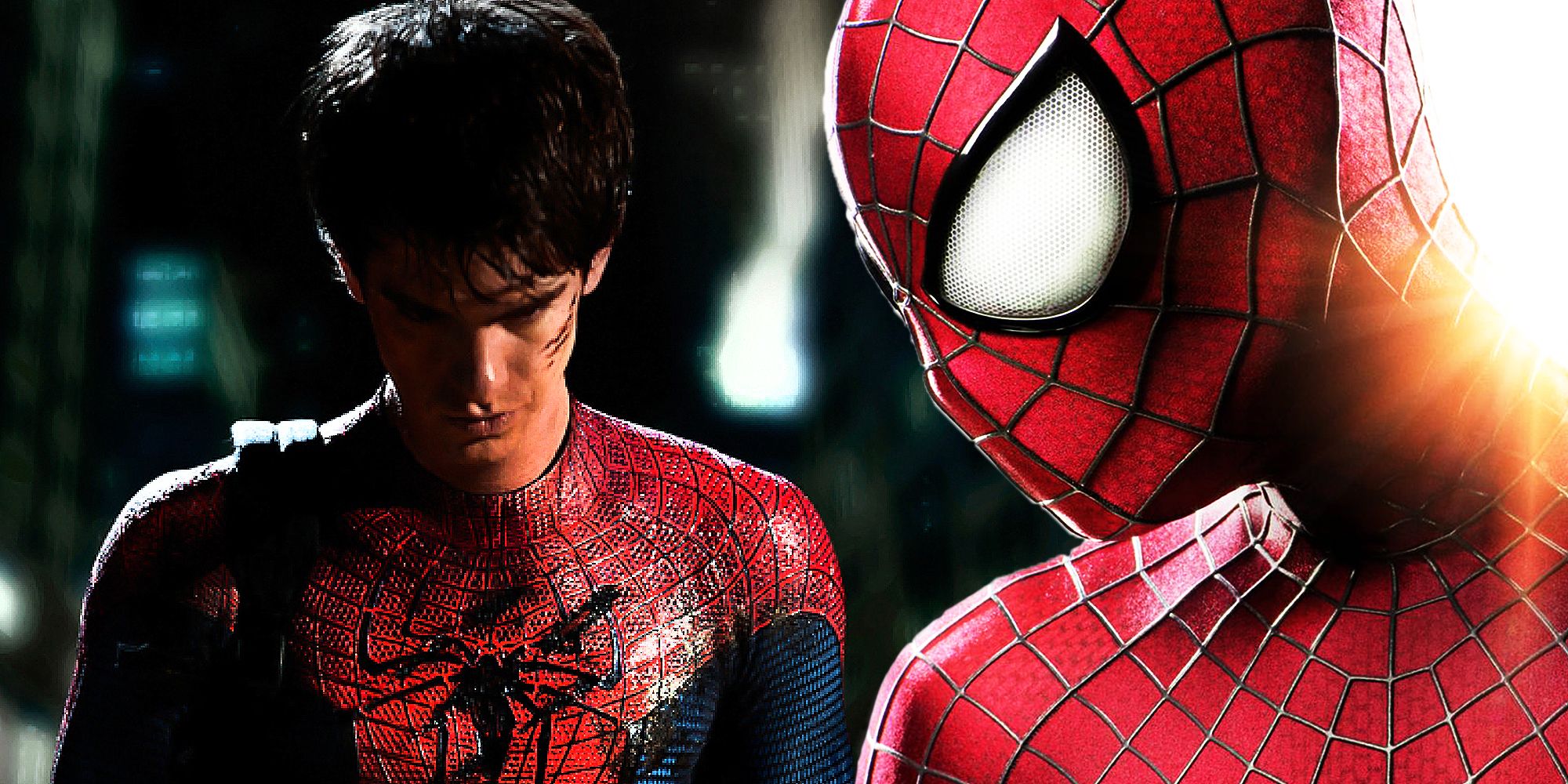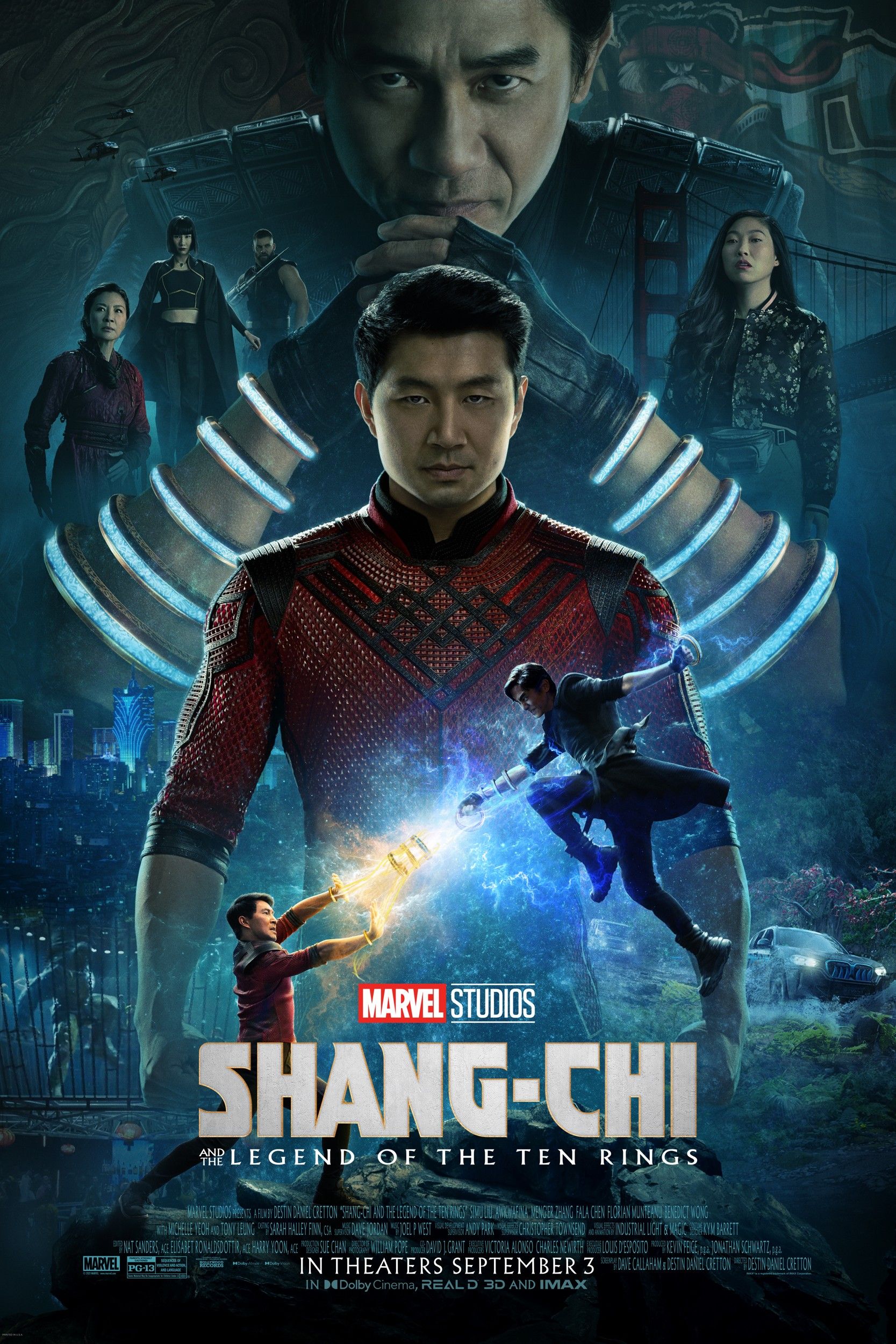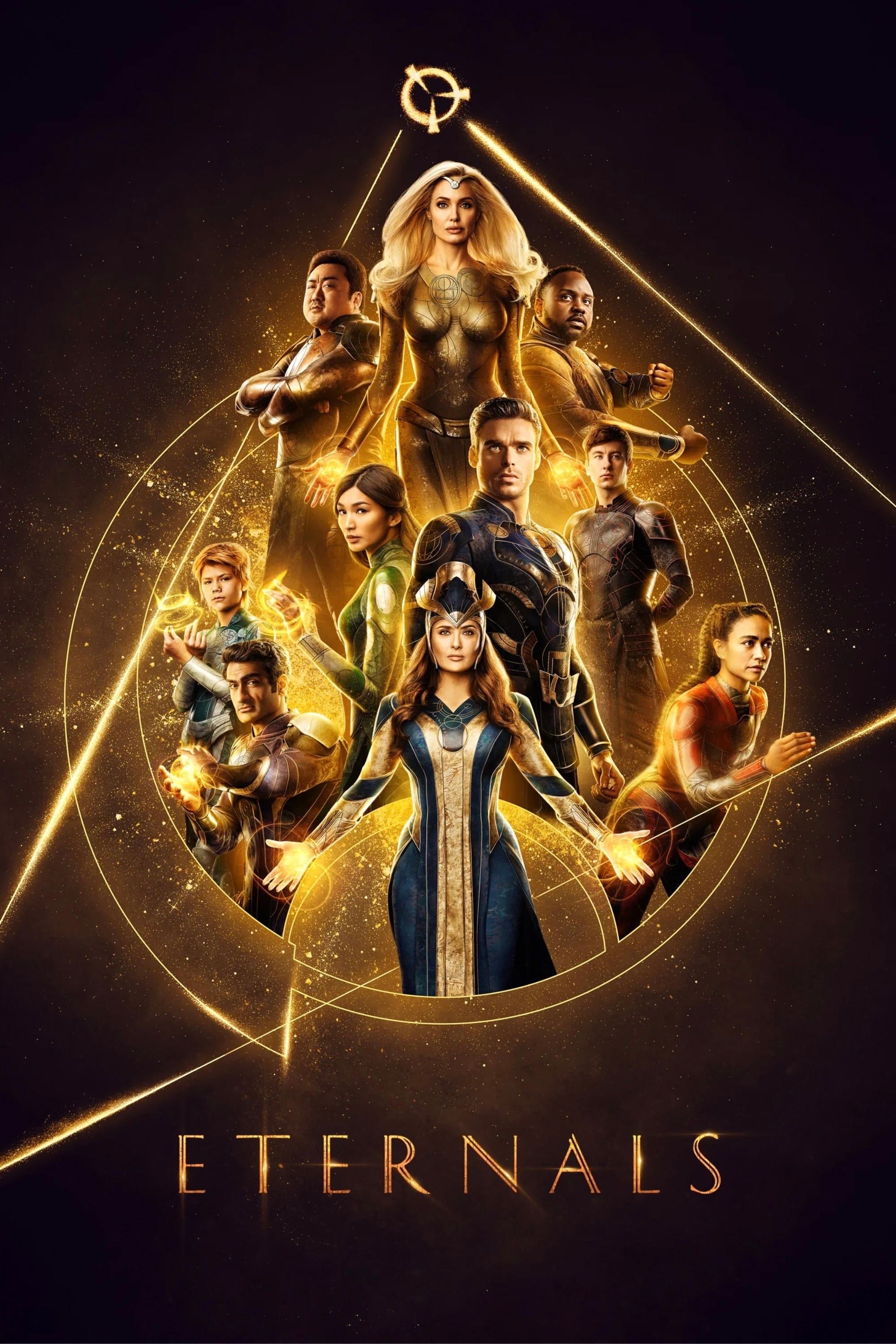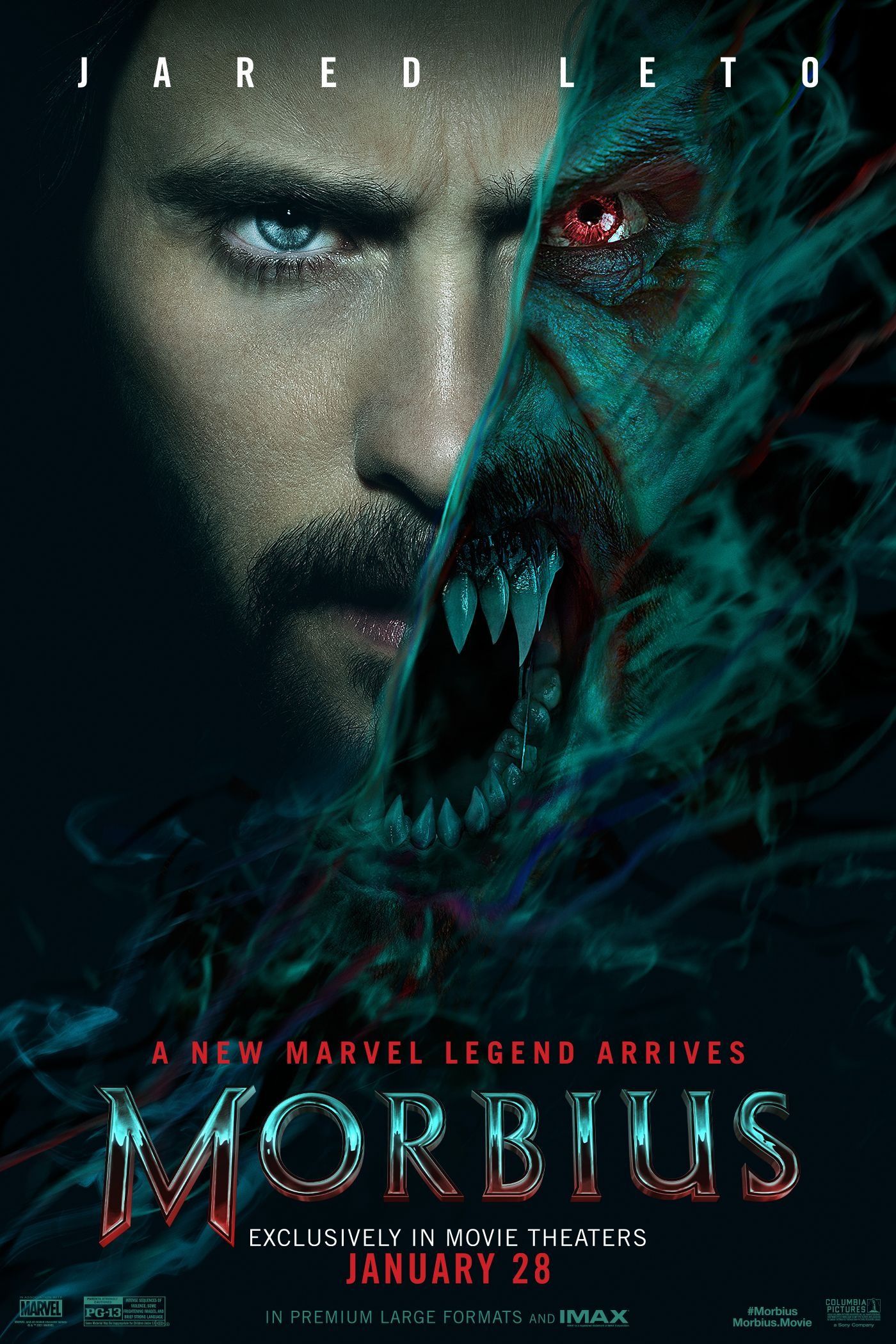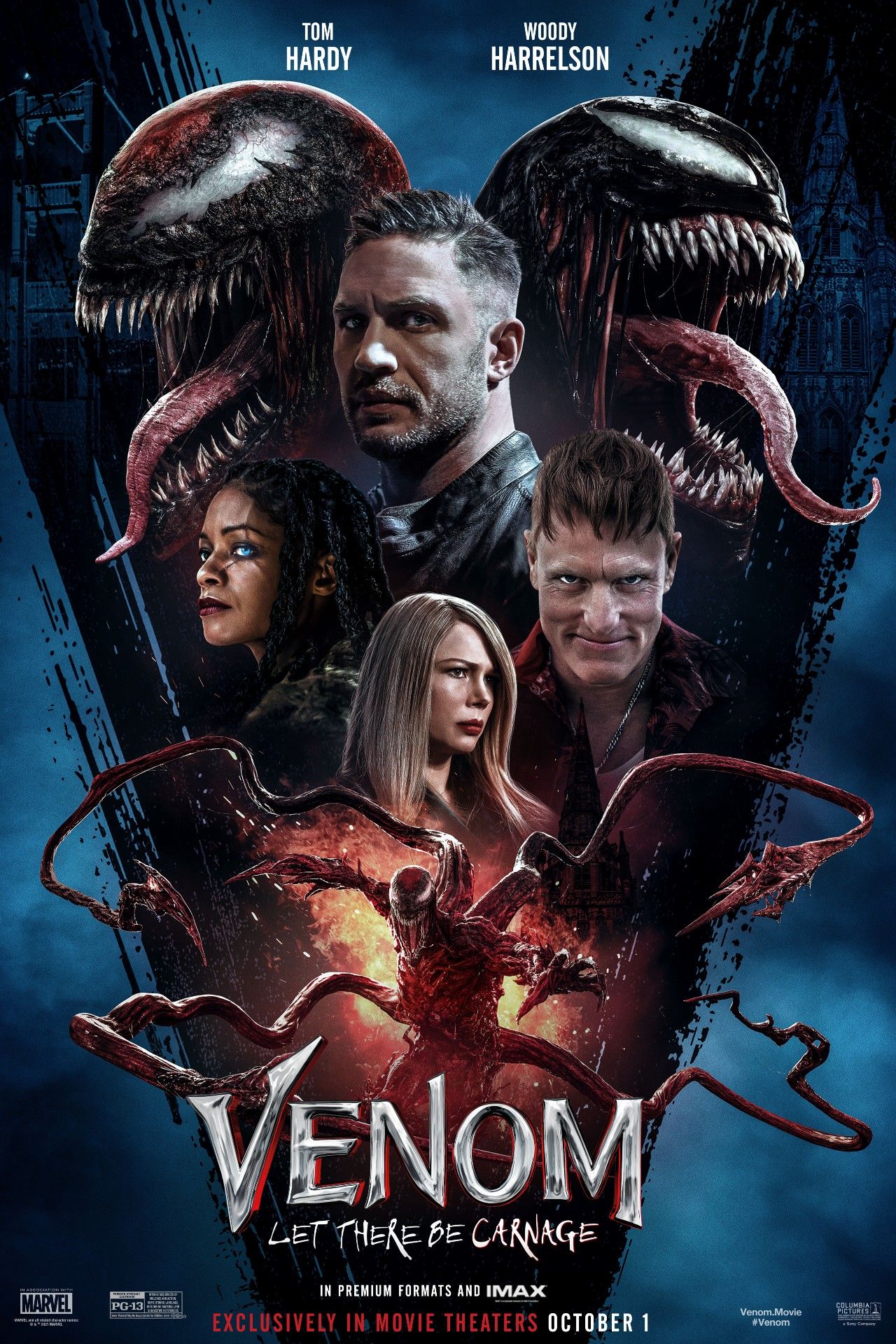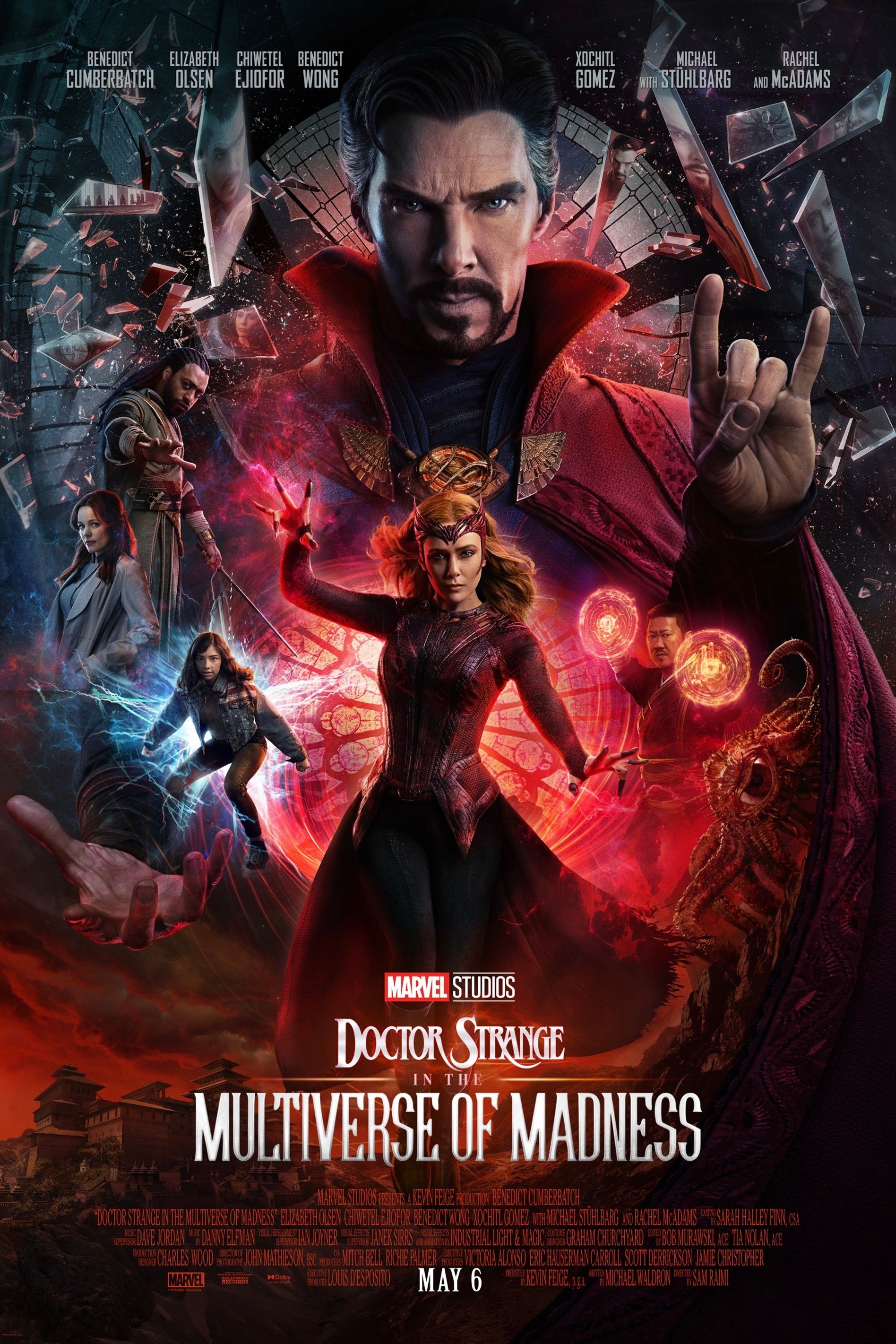Despite being riddled with a variety of flaws, The Amazing Spider-Man movies adapted some of the hero's qualities better than Sam Raimi's Spider-Man trilogy and the MCU. The Amazing Spider-Man was the answer to Spider-Man 3's negative reception and a new opportunity to tell Peter Parker's story from scratch. The reboot intended to take a dive into Peter Parker's darker story, which included the mysterious death of his parents and Oscorp's devious plans.
The Amazing Spider-Man 2 adopted a lighter tone and tried to explore how Peter Parker (Andrew Garfield) faced his duty as New York's defender despite the pain it brings to his personal life. Unfortunately, Sony's rush to build its own cinematic universe cut the story short. The Amazing Spider-Man 2 was overstuffed with conflicting plotlines and aimless characters, which reflected the same mistakes that made Spider-Man 3 fail seven years before. Disney's deal with Sony then rebooted Spider-Man once again and incorporated him into the MCU.
Spider-Man 3 Can Now Explain Raimi's Trilogy Doctor Strange Reference
Each of the three Spider-Man movie series has its own qualities and defects. Although this can lead to heated discussions among Spidey fans, it's precisely these differences that make each one of the adaptations unique. Since Sam Raimi's Spider-Man left the bar so high and the MCU added Spider-Man to its colossal roster of superheroes for the first time, The Amazing Spider-Man 1 & 2 often go overlooked. Here's where Andrew Garfield's adventures as the webhead excelled.
The Amazing Spider-Man Movies Had The Best Web-Swinging
Web-swinging is an essential part of Spider-Man. Spidey's enhanced senses help him move with the acrobatic agility of a human-sized spider, and this could be a tricky detail to depict onscreen. Sam Raimi's Spider-Man pushed the technological boundaries of its era and the MCU has found creative ways to expand Spidey's library of web-swinging techniques. But The Amazing Spider-Man achieved an exceptional degree of realism that no other adaptation has ever equaled.
From the realistic physics and the acrobatic choreography to the millimetric timing of every single movement, The Amazing Spider-Man 1 & 2 found the perfect balance between realism and comic book extravaganza. The top-notch quality of the VFX also helped the web-swinging sequences look more striking, with Spidey's suit revealing how its creases flow in the wind and the inertia of his movements affecting his behavior every time he swings. This level of detail is especially clear during The Amazing Spider-Man 2, where Spider-Man's smooth web-swinging makes Tobey Maguire look stiff and Tom Holland look rubbery.
The Amazing Spider-Man Movies Understood Peter Parker's Tragedy
Spider-Man is a traditionally tragic character. Sam Raimi's Spider-Man told the best Peter Parker's origin story with the masterful depiction of Uncle Ben's (Cliff Robertson) death and how Peter needed to let go of his guilt to become the best version of himself. The MCU took a very different route by skipping Peter's origin story and making his "death" the tragic event that convinces Tony Stark (Robert Downey Jr.) to change his lifestyle. The Amazing Spider-Man instead established tragedy from the very start with the moment Peter's parents leave him as soon as he's introduced. Uncle Ben's (Martin Sheen) death happens directly because of Peter's argument with him. As if it weren't enough, Peter couldn't save Captain Stacy (Denis Leary), his father-in-law, from the claws of The Lizard (Rhys Ifans), and promises not to continue his relationship with Gwen Stacy (Emma Stone).
Andrew Garfield Was Right: Spider-Man Shouldn’t Idolize Iron Man
The Amazing Spider-Man 2 only gets more tragic when Peter breaks that promise and fails to protect the love of his life from his former best friend Harry Osborn (Dane DeeHan), right after making life plans with her. Both Amazing Spider-Man movies employed tragic deaths that aren't conveniently placed to teach the hero a lesson. Instead, they show that tragedy can strike at any given time, even if the hero does everything right to avoid it. Both movies also capture Spider-Man's permanent conflict with the fact that regardless of how much he suffers, he will always be there to overcome his pain and keep fighting multiple villains with a cheerful attitude.
The Chemistry Between Andrew Garfield and Emma Stone Was Perfect
Peter Parker has had multiple love interests throughout the years. In the comics, he has felt a different kind of attraction to each one of them, from Black Cat's deceitful sensuality to Cindy Moon's purely biological connection. Kirsten Dunst's Mary Jane in Sam Raimi's Spider-Man trilogy took Peter Parker on a path of personal transformation, but their romantic relationship never truly got the time to shine. The MCU taught Peter how difficult love matters can be through his crushes on Liz (Laura Harrier) and MJ (Zendaya). However, The Amazing Spider-Man hit a home run with Andrew Garfield and Emma Stone. The romance between Peter Parker and Gwen Stacy was so natural that it transcended from the screen into real life.
Peter and Gwen's chemistry was palpable since their first meeting in The Amazing Spider-Man. Emma Stone could transform Andrew Garfield's cool and good-looking skater Peter Parker into a believable nerd and then back to a grandiose superhero with nuance. This chemistry helped all of their scenes feel extremely natural, and the script of both movies helped their relationship flourish. The tragic deaths of Captain Stacy in the first film and Gwen herself in the second made this love even more intense, as there was a real sense of danger that made every moment between them count.
The Amazing Spider-Man Movies Had Great VFX
High-quality VFX work is independent of high-quality cinematography and character design. Sam Raimi's Spider-Man trilogy is a perfect example of great cinematography, as the dramatic camera movements, careful framing, and the director's distinctive visual style highlighted the dramatic weight of every scene. The MCU's Spider-Man: Homecoming and Spider-Man: Far From Home are perfect examples of great character design - for instance, Vulture's (Michael Keaton) practical yet intimidating appearance, Mysterio's (Jake Gyllenhaal) fantastic costume, and Spidey's mechanical eyepieces capture the essence of the characters. Yet, The Amazing Spider-Man takes the cake when it comes to visual effects.
The tiniest fibers of Spider-Man's suit are coherent with his actions and the environment, and every CGI texture in both movies is perfectly crafted down to its smallest particle, even in the fast-moving shots where a simple blur could have done the trick. The trickiest effects such as Spider-Man's agile movements, the reflections on his lenses, and Electro's (Jamie Foxx) electricity easily leave the MCU's CGI in the dust. Unfortunately, bad storytelling decisions, forgettable cinematography, and some simplistic character designs undermined all the work that had gone to the VFX.
The Amazing Spider-Man Movies Had The Most Comic-Book Accurate Spidey
How comic-book accurate a movie adaptation is could be a tricky thing to determine, given the countless different interpretations a single comic book character could have. Tobey Maguire's Peter Parker is often regarded as the best adaptation of Steve Ditko's original concept, while Tom Holland's tends to be associated with Peter Parker's more recent crossover adventures in the Marvel universe. Andrew Garfield's Peter Parker leans more on the Ultimate comics version of Peter Parker, but it's his interpretation of Spider-Man - in all his costumed webhead glory - that beats Maguire's and Holland's iterations. Garfield's imbued Spider-Man with a personality of his own, with enough quipping to capture Spidey's idiosyncratic humor, but not too much to become a copy of Deadpool.
More importantly, Andrew Garfield's Spider-Man is the persona Peter Parker wishes to be, the hero he wished could have been there to save the people Peter loved. The mask isn't only an instrument to hide his face or a symbol of strength, but a materialization of his ideals. This is best reflected in The Amazing Spider-Man when Peter hands the mask to the kid in the falling car and in The Amazing Spider-Man 2 when he puts the mask on for the first time after Gwen's death.
As the NYC commuters during Spider-Man 2's iconic train sequence realized, Tobey Maguire's Peter Parker is the real hero under the mask. As evidenced by the homemade mask under the rubble in Spider-Man: Homecoming, Tom Holland's Peter Parker sees Spider-Man as a symbol of strength for himself more than anything else. But as the multiple scenes where Andrew Garfield's Peter Parker contemplates his torn suits suggest, this Spider-Man is simultaneously a costume, a character, and an idea - one that endures any possible difficulty, including the unfortunate failure of The Amazing Spider-Man movies.
Why Mary Jane Watson Was Cut From The Amazing Spider-Man 2

